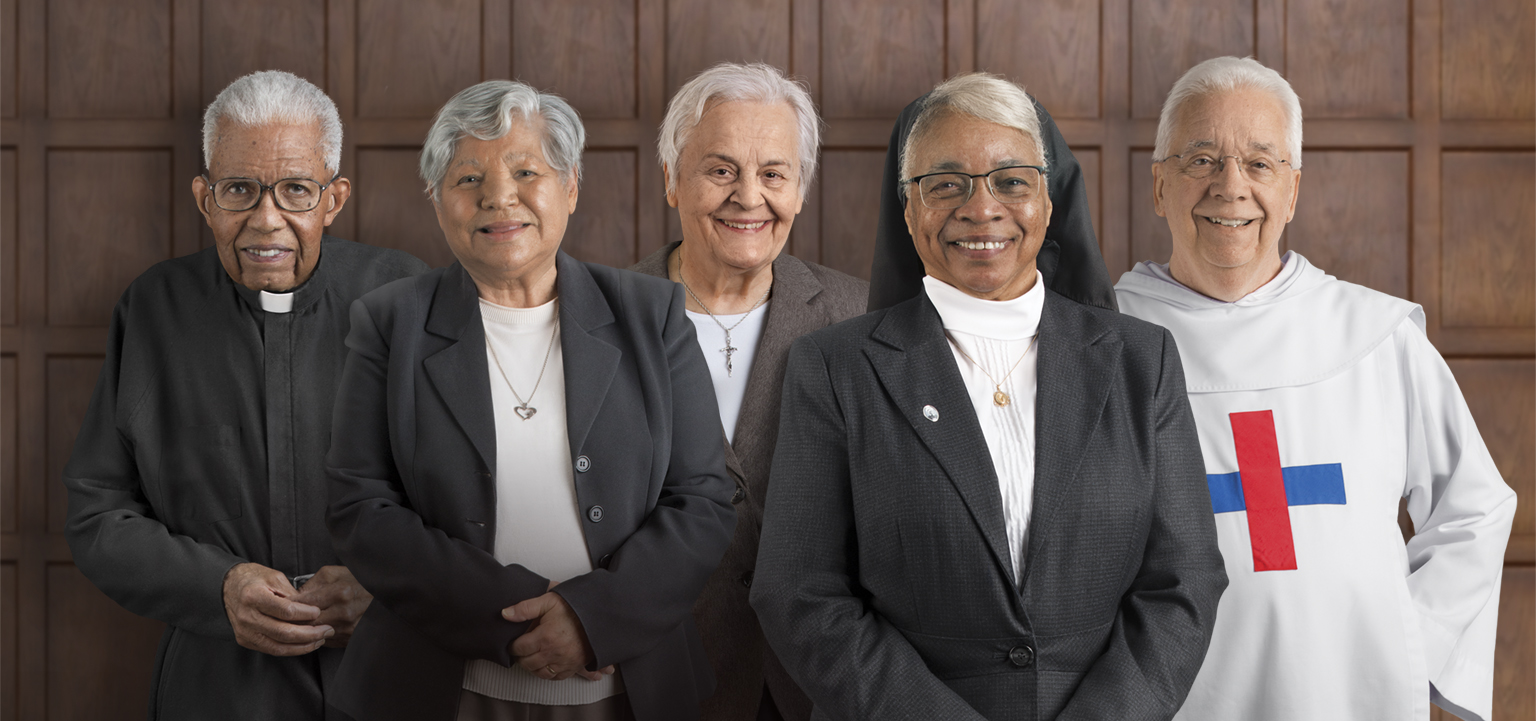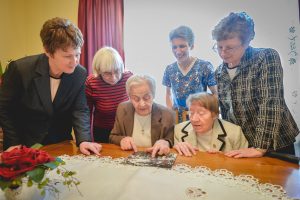Frequently Asked Questions

- How much of my donation actually helps elderly religious?
On average, approximately 95 percent of our budget aides senior religious. Only about 5 percent is used for promotional activities and administration.
- Doesn’t the Catholic Church take care of elderly religious?
The Catholic Church is divided into separate (arch)dioceses. Each (arch)diocese is responsible for managing its own finances and personnel. Sisters, brothers and certain priests are members of religious orders—like the Franciscans or Benedictines. These communities, while part of the greater Catholic Church, operate autonomously, outside of the (arch)diocesan structure. Thus, each is responsible for its own finances and for the care of all members.
- Why is this collection needed?

Hundreds of US religious communities face a large gap between the needs of their older members and the funds available to support them. Historically, Catholic sisters, brothers and religious order priests—known collectively as women and men religious—served for little to no pay. As a result, many religious communities now lack adequate retirement savings. At the same time, health-care costs continue to rise and an increasing number of older religious need care.
- What is the difference between a diocesan and religious order priest?

A diocesan priest serves in a particular (arch)diocese under the oversight of his bishop. A religious order priest, on the other hand, belongs to a specific religious community—like the Franciscans. As with religious sisters and brothers—religious order priests take vows of chastity, obedience and poverty. The vow of poverty means that all income goes back to the religious community and is held in common to support the needs of members and ministries. Diocesan priests do not take vows of poverty.
- But I already donated to the retired priests in my (arch)diocese.
The Retirement Fund for Religious collection is for members of US religious orders. (See question 2.) It is held just once a year. Many (arch)dioceses, however, also hold separate appeals for their retired priests’ fund.
- How is my donation used?
Proceeds from the annual collection are distributed to help eligible US religious communities care for their aging members. The majority of donations are allocated for Direct Care Assistance, which helps support nursing care, medications and other necessities. Communities apply for this assistance annually.
Meet some of the religious your donation helps.